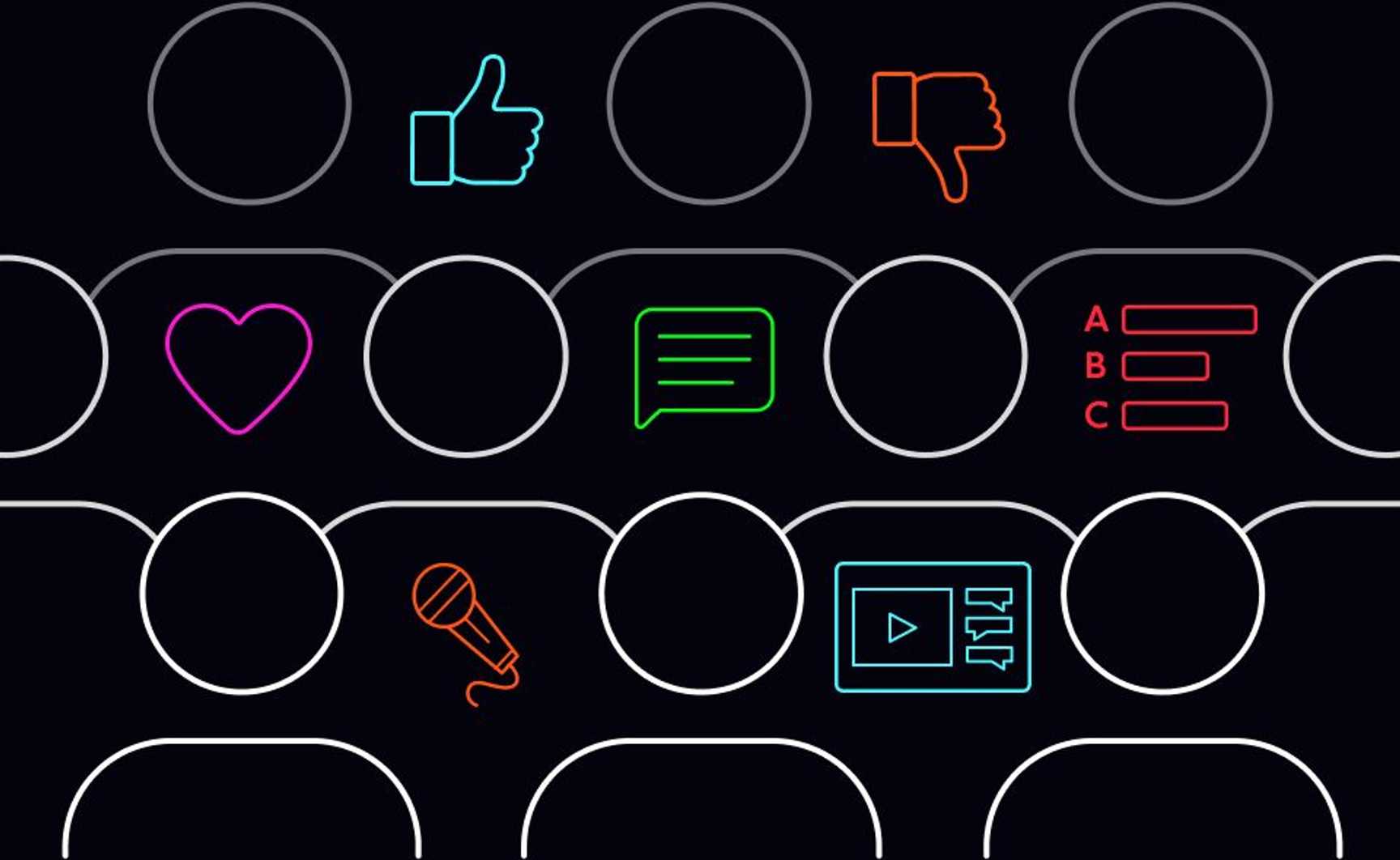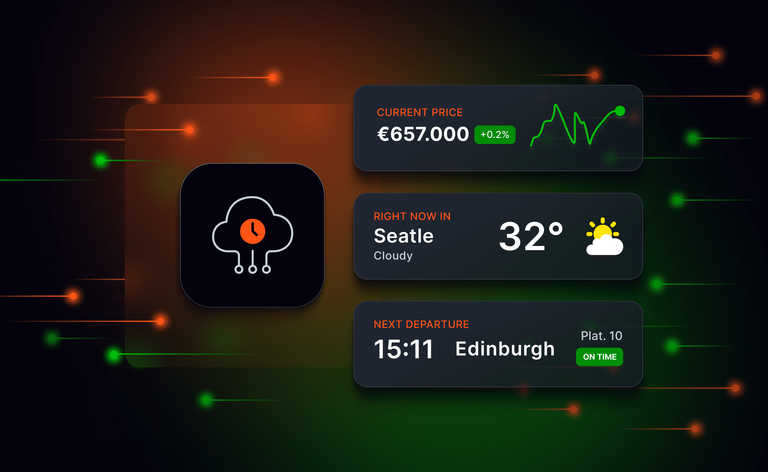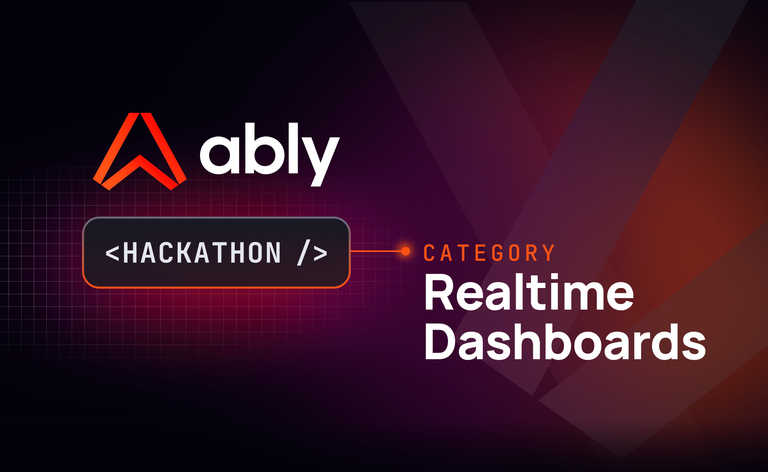Livestreams allow an online audience to come together and watch a video broadcast in realtime. Globally, uptake has soared since 2020 as people come together to experience live sports and arts events; and to work, learn and play. The popularity of livestream entertainment is, in part, down to how it includes the audience. Integrated chat and other features allow viewers to interact -- with each other and the host. Other interactive elements that go beyond text-based chat include emoji reactions, quizzes, leaderboards, and polls.
While audience participation isn't a new phenomenon, the ability to reach out to others through shared, live experiences, has become a breakthrough success.
Twitch is popular with gamers, who stream their gameplay and their webcam feed, so others can watch and comment on gaming in realtime and leave donations or tips. The scale of the live audience is noteworthy. In 2019, the League of Legends World Championship reported over 100 million viewers: that's more than the numbers reported by TV networks who watched the Super Bowl live (92 million TV viewers) in the same year.
Brands used to rely upon text (blogs, email campaigns) or social media to get their message across. Outreach through livestream audience interaction now helps them to get closer to their customers. Organizations can reach customers in multi-user virtual spaces to make sales. They can get feedback in realtime, and raise brand awareness, recognition and affinity. McKinsey reports that the value of China's livestream e-commerce market grew at a compound annual growth rate (CAGR) of more than 280 percent between 2017 and 2020, to reach an estimated $171 billion in 2020.
Consumers like to interact with brands during livestreams because it allows them to get information and feel included. They appreciate the chance to share their opinions with the company and with each other, and more than 80% of people would rather watch a live video from a brand than read a blog post.
Elements of audience engagement
An audience may gather together in a single meeting, but other solutions allow for realtime, multi-user spaces where members can enter 'breakout rooms' in smaller numbers for separate discussions.
As users join the event they identify themselves so other users can see they are present. As audience members join or leave, their presence information is updated, and some solutions allow users to select to receive a notification when particular attendees join or leave.
The most well-known interactive feature is chat, although elements such as emoji reactions also enable instantaneous communication. Other features include Q&A, and gamification through polls, quizzes, and leaderboards.

The technology behind audience engagement
According to Cisco, by the end of 2021, live video will increase 15-fold and reach 13 percent of internet video traffic by 2021 (video accounts for almost 80% of all consumer internet traffic). The broad scope, rapid growth, and unprecedented scale of live online audience engagement have also contributed to the revolution in realtime data. Estimates suggest that 30% of all global data consumed by 2025 will result from realtime information exchange.
As organizations pick up on the value of audience engagement, they need to decide whether to use a pre-existing solution like Twitch or build their own. For example, an EdTech company may opt to add audience engagement to its live lesson feature so that students can interact via chat and reactions or use presence information to see when their friends are online (and when the teacher joins the virtual classroom).
Event-driven architecture underpins audience engagement
For audience satisfaction, engagement should be almost instantaneous. Any such solution is predicated on low latency realtime communication. To build such features alongside existing business logic, engineering teams should consider event-driven architecture, which slots alongside a traditional architecture to meet the demands of realtime digital interactions.
Event-driven architecture has tremendous potential to serve use cases that need to process data immediately in order to deliver a satisfactory user experience. It eliminates the need for blocking or constant polling and notifies application code whenever an event of interest occurs.
The publish and subscribe (pub/sub) pattern is common in event-driven systems. An event producer (publisher) sends event messages when a state change occurs. Event subscribers then consume them and asynchronously invoke their business logic. Often, a dedicated broker sits between the publisher and its subscribers. This allows the event producer to be loosely coupled, or completely decoupled, from its consumers. The event producer offloads responsibility to the broker, which delivers notifications at high volume to consumers across different devices and platforms.
The pub/sub pattern supports audience engagement's main features, such as changes to presence information and delivery of chat messages; its ability to scale across multiple distributed platforms is also highly advantageous.
Multi-user virtual spaces
Audience sizes are unpredictable and may vary throughout the event. There could be anything from 10 to 10,000 or from 10 to 1,000,000 people online simultaneously. An audience engagement platform needs to be elastic and able to handle sudden large numbers of attendees because a failure in availability will lead to significant embarrassment. The non-blocking nature of a pub/sub pattern allows it to scale as needed as long as suitable infrastructure underpins it.
Presence
Presence keeps track of each audience member so that apps such as chat rooms can show who is online, and notify participants when particular people join or leave. The Pub/Sub pattern notifies subscribers whenever there is a change in presence, without the need for constant polling.
Chat and notifications
Chat messages are an essential element of many audience-engagement solutions; pub/sub can support realtime distribution of transactions at scale. Subscribers also need to be sure of the integrity of the messages received; they need a guarantee that ordering is preserved and that no messages are lost or duplicated.
Messages and presence notifications must reach all participants, and their state should stay in sync, even if their connection is unpredictable. A pub/sub broker can persist event history and record each event received from the event producer. Subscribers can access the instantaneous "live" history, as well as the longer-term persisted history.
Build event-driven audience engagement with Ably
Engineering a realtime event-driven architecture requires deep knowledge of theoretical computer science problems and distributed systems expertise. To set out to build your own solution for audience engagement risks complexity, costs, and time. The responsibility for realtime communication is best outsourced.
Here at Ably, we've been solving the difficult problems of realtime solution delivery for years. We have an enterprise-ready edge messaging platform with cloud-based pub/sub messaging at its core.
Ably can handle dynamic and haphazard network behavior so that developers can use it to build apps and infrastructure that communicate in realtime. Ably manages scale, latency, data durability, integrity and storage, seamless connection recovery, along with device interoperability, network outages, encryption, security and authentication, and more.
Ably technology fits into existing architectures and integrates seamlessly with other systems. The following have integrated Ably into their audience engagement solutions:
- BlueJeans: enables interactive events and webinars for large organizations around the world.
- Crowdcomms: A digital platform & event framework for virtual meetings, conferences, and live events with engaging features like polls, Q&As, and gamification.
- Hopin: A virtual venue for creating online events of any type and size, with audience engagement features such as chat rooms, live discussions, and Q&As.
- Mentimeter: Provides interactive presentations and meetings with features such as live polls, quizzes, and Q&As for 80m users.
- Mobymax: Provides web-based classroom tools to assist educators through collaborative learning and in-product engagement tools, that include game-related running scores and team-based learning.
- Wooclap: Engages students on their smartphones with interactive messages, votes, and other interactions.

Where next?
Live audience engagement is now established online, attracting participants at an unprecedented scale. As companies innovate to meet the expectations of users alive to the possibilities of a metaverse, they embark upon a realtime journey.
Delivering a bidirectional, low-latency platform for live audience engagement demands expertise. Ably can support you to engineer a system with seamless realtime capabilities and back it with tried-and-tested infrastructure. We make it easy to efficiently design, quickly ship, and seamlessly scale critical realtime functionality delivered directly to end-users.
Every day, we deliver billions of realtime messages to millions of users for thousands of companies. With 25+ SDKs we target every major platform across web, mobile, and IoT. Our platform is mathematically modeled around Four Pillars of Dependability so we’re able to ensure messages don’t get lost while still being delivered at low latency over a secure, reliable, and highly available global edge network.
Try our APIs and discover how easy we make the move to event-driven, or get in touch to learn more about how realtime, event-driven solutions can augment your SOA stack.



